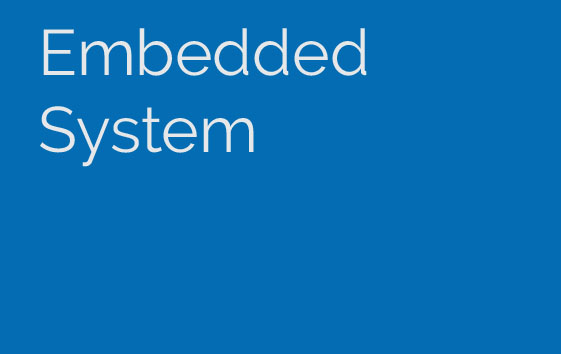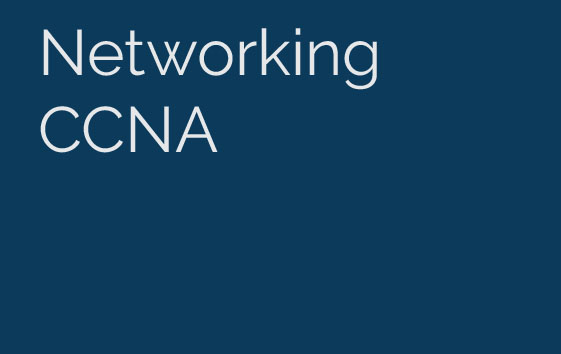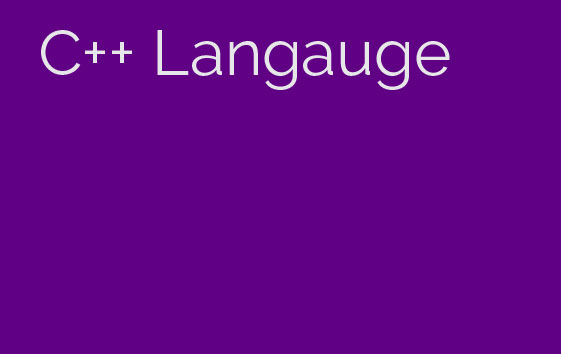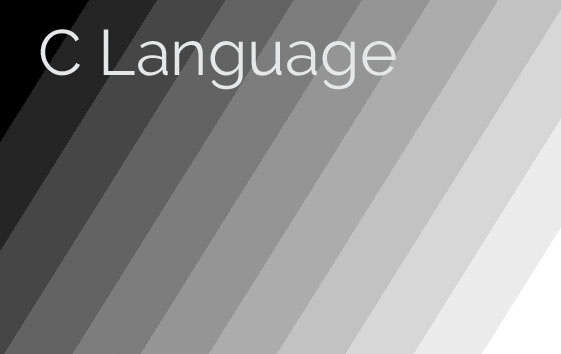Microsoft .Net >>
Microsoft .NET (pronounced "dot net") is a software component that runs on the Windows operating system. .NET provides tools and libraries that enable developers to create Windows software much faster and easier. .NET benefits end-users by providing applications of higher capability, quality and security. The .NET Framework must be installed on a user's PC to run .NET applications.
This is how Microsoft describes it: ".NET is the Microsoft Web services strategy to connect information, people, systems, and devices through software. Integrated across the Microsoft platform, .NET technology provides the ability to quickly build, deploy, manage, and use connected, security-enhanced solutions with Web services. .NET-connected solutions enable businesses to integrate their systems more rapidly and in a more agile manner and help them realize the promise of information anytime, anywhere, on any device.
Microsoft .Net Framework is a platform that provides tools and technologies you need to build Networked Applications as well as Distributed Web Services and Web Applications. The .Net Framework provides the necessary compile time and run-time foundation to build and run any language that conforms to the Common Language Specification (CLS).The main two components of .Net Framework are Common Language Runtime (CLR) and .Net Framework Class Library (FCL).
The Common Language Runtime (CLR) is the runtime environment of the .Net Framework , that executes and manages all running code like a Virtual Machine. The .Net Framework Class Library (FCL) is a huge collection of language-independent and type-safe reusable classes. The .Net Framework Class Libraries (FCL) are arranged into a logical grouping according to their functionality and usability is called Namespaces.
The .NET Framework's Base Class Library provides user interface, data access, database connectivity, cryptography, web application development, numeric algorithms, and network communications. Programmers produce software by combining their own source code with the .NET Framework and other libraries. The .NET Framework is intended to be used by most new applications created for the Windows platform. Microsoft also produces a popular integrated development environment largely for .NET software called Visual Studio.
Before going through live project training candidate should have knowledge of given concepts listed below:
- Knowledge of HTML and CSS
- Knowledge of Javascript
- Knowledge of C languages
- Knowledge of object oriented languages(C#, C++ etc)(any one)
What will u Become
- Website Developer
- Web Application Developer
- Web Services Developer
.Net course can be completed within 5 to 6 month with practical and theoretical knowledge.
Course Software Requirements
- Notepad++
- .Net Framework
- Visual Studio 2017
Before going through this course candidate can also refer these below websites link for this course:
- Bachelor Degree Candidates
- Anyone who is looking to learn PHP Programming
- Engineering students
- Advance Learners
- Overview of the .NET Framework
- How .NET is Different from Traditional Programming
- Common Language Runtime (CLR)
- Common Language Specification (CLS)
- Common Type System (CTS)
- .NET Assemblies
- Common Language Specification (CLS)
- Common Type System (CTS)
- .NET Assemblies
- .NET Namespaces
- .NET Framework Class Library
- C# Program Structure
- Defining Namespaces
- Understanding C# Data Types
- Defining Variables and Constants
- Comparing Value Types versus Reference Types
- Working with Operators and Expressions
- Performing Type Conversions
- Using Console I/O
- Formatting Numbers, Date and Times
- Defining Static and Instance Functions
- Passing Parameters by value and by reference
- Overloading Functions
- Optional Parameters
- Using Variable Length Parameter Lists
- Defining and Using Arrays
- Understanding System.Array
- Using .NET Collections
- Working with ArrayLists and Hashtables
- Working with Lists and Dictionaries
- Introducing LINQ
- Overview of ASP.NET 4.0
- Understanding Client-Side vs. Server-Side Execution
- Working with Web Forms
- Understanding ASP.NET Application Folders
- Using Web.config
- Working with HTML Controls
- Working with Web Controls
- Creating Controls at Runtime
- Defining and Using Custom User Controls
- Understanding the ASP.NET Validation Controls
- Performing Client-Side Validation
- Performing Server-Side Validation
- Using the Regular Expression Validator
- Customizing Validation
- Working with Validation Groups
- Understanding why the Web is Stateless
- Maintaining State within ASP.NET Applications
- Using the Application Object
- Using the Session Object
- Using the ViewState Object
- Reading and Writing Cookies
- Using the Query String
- Understanding XML and XML Schemas
- Reading XML Data with a DataSet
- Writing XML Data with a DataSet
- Understanding the ASP.NET 4.0 Security Models
- Authenticating Users
- Authorization User Requests
- Using the ASP.NET Login Controls
- Using the ASP.NET Web Site Administration Tool
- Overview of ASP.NET Deployment Options
- Using Copy Web Site Tool
- Using Publish Web Site Tool
- Using Web Setup Projects
- Understanding the ADO.NET Object Model
- Connected vs. Disconnected Access
- Using a Connection to Connect to a Data Source
- Using a Command to Execute Queries and Stored Procedures
- Using a DataReader to Work with Cursors
- Using the DataSet with Disconnected Data
- Using DataAdapters with DataSets
- Understanding ASP.NET Data Binding
- Examining ASP.NET Data Bound Controls
- Using the ListBox Control
- Using the GridView Control
- Using the DetailsView Control
- Using the FormView Control
- Overview of Web Services
- Creating a Web Service
- Using WSDL and Proxy Classes
- Consuming a Web Service
- Conceptual Overview about Ajax Technology
- Using Asp.net Ajax Control Toolkits
- Using Server Side Asp.Net Ajax
- Using Client Side Asp.Net Ajax
- Client-Side JavaScript programming
- Microsoft Client Library for Ajax
- Remote method calls with ASP.NET Ajax
- Generics, Delegates, Anonymous Methods, Enumerartors&Yeild
- Local Type Interface, Lamda Expressions
- Extension Methods, Object Initialization Expressions
- Anonymous Types, Query Expressions
- LINQ Queries
- Query Operators
- Conversion Operators
- LINQ to SQL, DataSet, Entities
- LINQ to XML API
- LINQ to XML Queries
- Architecture of WCF
- Project Template of WCF
- WCF Composition
- Building a WCF Service
- Hosting a WCF Service
- WCF Client Application building
- WPF in ASP.NET 4.0
- WPF / E – Every Where Concept
- SilverLight and Media
- Working with JavaScript
- Client-side Programming SilverLight
- Server-side Programming SilverLight
- XAML [Extensible Application Markup Language]
- Developing SilverLight Pages with Visual Studio 2010 or Microsoft Blend
- Introduction
- The magic dollar sign ($) and a chain of operations
- jQuery Selectors
- Document.Ready()
- ASP .NET and JQuery
- Consuming ASP .NET web services using jQuery
- JSON serialized web service
- Consuming a web service using ASP .NET AJAX
- Consuming a web service using jQuery
- Client Templating
- How to use jTemplate
- ASP .NET client templating engine
- Calling a page method from jQuery
- Setting Profiles
- Creating a Project
- Using the Code Editor
- Setting Project Properties
- Adding References
- Compiling a Program
- Running a Program
- Debugging a Program
- Using the MSDN (Help)
- if/else
- switch
- while and do/while
- while and do/while
- for
- foreach
- What are Exceptions?
- .NET Exception Hierarchy
- Catching Exceptions
- Throwing Exceptions
- Managing Resources with Finally
- Overview of Object-Oriented Programming
- Defining and Using Classes
- Extending .NET Classes via Inheritance
- Defining and Implementing Interfaces
- Understanding the Role of Interfaces in .NET
- Working With Enumerations
- Building ASP.NET Pages
- Using Page Directives
- Working with the Code-Behind Model
- Understanding the Life-cycle of a Web Form
- Handling Page Events
- Understanding the Event Driven Programming Model
- Writing Event Handlers
- Understanding PostBack versus Non-PostBack Events
- Sharing Event Handlers between Events
- Using Global.asax
- Understanding the Master Page Architecture
- Designing a Master Page
- Designing Content Pages












